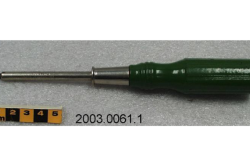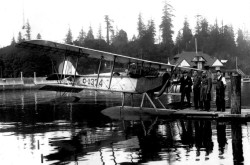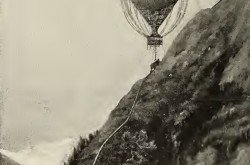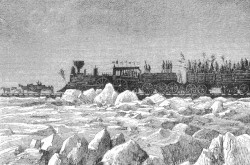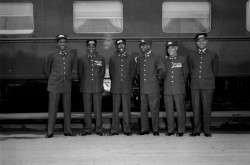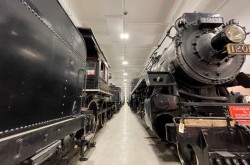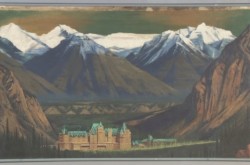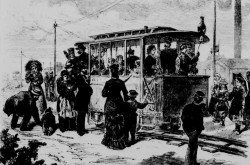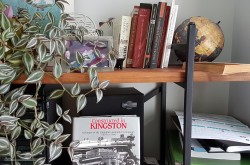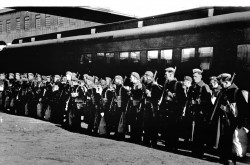Elijah McCoy (1844-1929)
This article was originally written and submitted as part of a Canada 150 Project, the Innovation Storybook, to crowdsource stories of Canadian innovation with partners across Canada. The content has since been migrated to Ingenium’s Channel, a digital hub featuring curated content related to science, technology and innovation.
Real McCoy
Do you ever hear someone refer to something as “the real McCoy” and wonder where it comes from?
It’s said that Elijah McCoy’s invention could have triggered the phrase.
His invention of the lubricating cup was extremely effective. Others tried to copy his idea to share the success, but their devices just weren’t as good.
Railroad engineers began requesting his product by name and would ask if trains were equipped with “the real McCoy system”.
On Track to Success
Elijah McCoy was born in Colchester, Ontario. But, bright ideas aren’t limited by borders, McCoy’s ambition ultimately led him away from his birth-nation.
By 15, he had realized his passion and took on a mechanical engineering apprenticeship in Edinburgh, Scotland with the financial aid of his parents.
After completing his apprenticeship he reunited with his family in Michigan, where they had moved while he was gone. Unfortunately, there were little job options. He soon became aware that being a black man looking for a job in a predominantly white field was no easy task.
He would eventually settle for a job as a railroad fireman and oiler at Michigan Central Railroad. The job included that he keep the trains firebox filled with coal and to oil moving parts of the engine.
At the time, trains would run into many mechanical problems. If the moving parts of the train were not lubricated, the machinery would grind together and corrode.
This meant, to prevent the lubricant from wearing off, the train would have to stop and be oiled frequently.
Putting his engineering background to good use, McCoy came up with a solution.
He developed the lubricating cup in 1872 which self-oiled moving parts of the train.
He received his patent “Improvement in Lubricators for Steam-Engines” the same year.
McCoy was desperate to perfect his invention. He sold percentages of the rights to his patent and used the money to open a workshop.
Variations of the cup were used for different applications over time. Such as in naval vessels, steam engines, oil-drilling rigs, mining equipment, in factories and on construction sites.
The majority of his works included lubrication systems. But, he also patented household items like folding ironing tables and lawn sprinklers.
By the time of his death in 1929, he had 57 different U.S. patents.
Elijah McCoy is buried in Warren, Michigan.
Early Years
Elijah McCoy’s parents escaped from slavery in the United States later arriving in Colchester, Ontario.
George McCoy, his father, served in the Canadian military for a few years. After his time served, he was given a piece of land in Colchester on which he began farming.
Elijah McCoy grew up on this farm and was soon ready to take on an education. He showed a strong interest in engineering at a young age and his parents noticed this.
Unfortunately, equal education opportunities for people of colour didn’t exist at the time. So, his parents were forced to look elsewhere.
A shot at a fair education was eventually discovered in Edinburgh, Scotland. Once necessary funds were raised, McCoy left to begin his apprenticeship in mechanical engineering and achieved certification.







![Radio, Receiver Source: Ingenium [Artifact no. 2001.0320.001]](/sites/default/files/styles/thumbnail_7/public/2019-06/radio1.png?h=bb5d882f&itok=Zk95qLNH)
